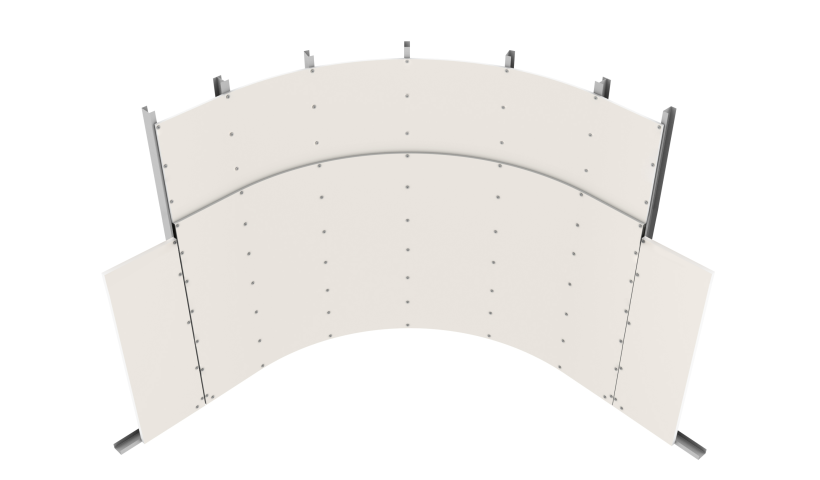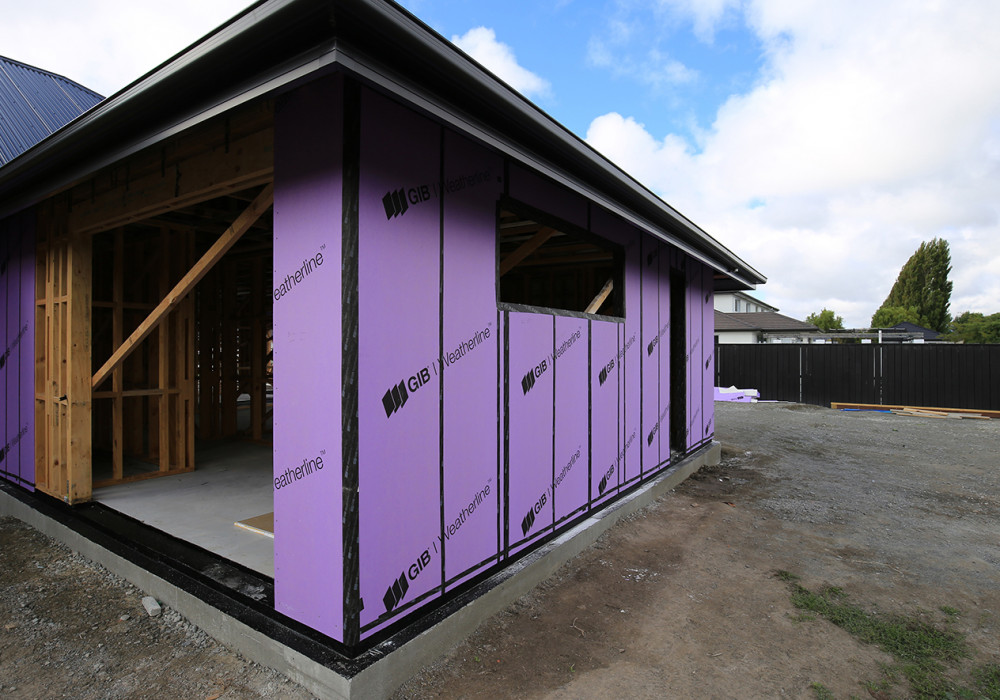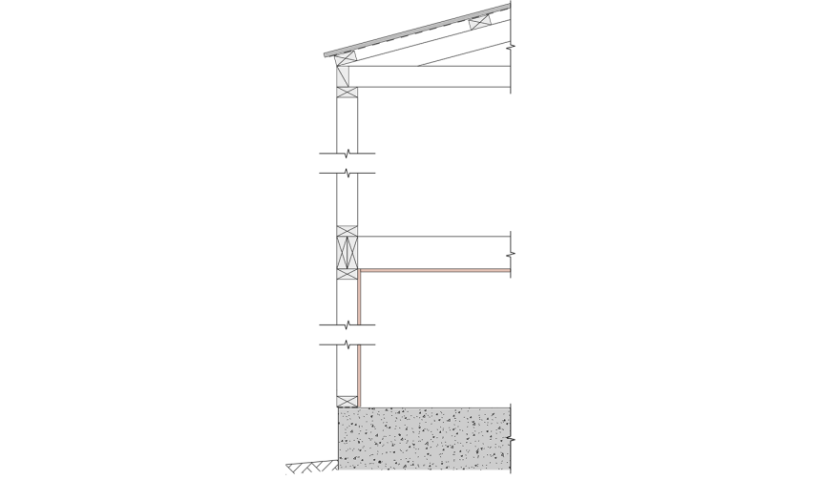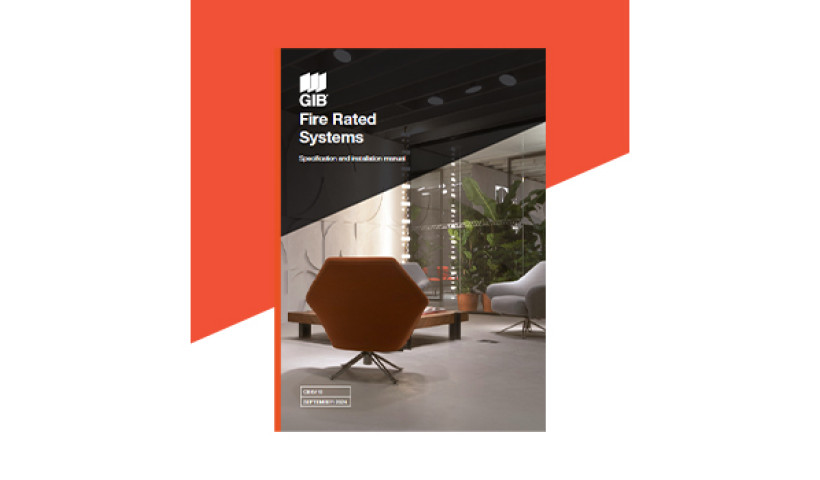 NEW
NEW
Cohaus — an owner-driven multi-unit residential build on Surrey Crescent — is the brainchild of two Auckland families determined to do things differently. Disillusioned by New Zealand’s existing housing developments, the families pooled their resources to create a co-housing scheme with community at its heart.
Architect, developer, and part-owner, Thom Gill, believes it’s the first project of its kind in the country — and he can’t wait to move in. “We’re only aware of two other such schemes that have been built in New Zealand, but none have been multi-storey walk-ups, or in a central city location,” says Thom.
Four years in the pipeline, Cohaus is about to roll out the welcome mats. With 20 affordable and compact units, plenty of communal spaces, and a big-hearted group of like-minded residents, its success could signal a sea change for the future of residential housing development.
“Essentially all our new housing in New Zealand is provided by private developers in the open market for profit. The market is optimised for, and experienced in, delivering detached 1-2 storey houses and cheap high-density apartments for sale off-the-plan,” explains Thom. “These typologies and associated drivers create housing stock with little consideration for the creation of shared spaces or communities. By shifting the design and responsibility back onto the eventual residents, we align incentives to create good quality durable housing stock with a clear goal to facilitate community creation and contribute to the local neighbourhood.”
Not surprisingly, when it came to choosing building materials for the project, there were some very specific requirements. Materials had to be non-complex, super-durable, as maintenance-free as possible and with a low toxicity and carbon footprint. GIB Weatherline fit the brief, while also providing the fire and bracing solutions required for a multi-residential development.
“GIB Systems are comprehensive and cover all potential system requirements," says Thom. "Technical back-up is very good, site problems can be solved, and the products are known to suppliers and sub-contractors.”
Isaac Johnson from LEP Construction installed GIB Weatherline and was pleased with the results, saying “We started installation in July last year and finished in late August. We’ve installed this product on a few jobs now. As long as the right screws, tapes and sheet set outs are done correctly, it looks good and is easier to install than similar alternatives.”
And according to Thom, the support from Winstone Wallboards was the icing on the cake. “GIB have been really helpful and responsive from the start of the design process to the end of works on site. There’s been no supply chain issues and no quality issues.”
With years of planning about to come to fruition, Thom hopes the efforts of these public-spirited families will inspire the industry to rethink the way they do things.
“We’d like to see more direct involvement of contractors in concept design costing, and more viable options developed for residential pre-fabrication. We’d also like to see industry grow its expertise in medium density residential sub $20m projects. It seems the size of this type of project falls awkwardly between small and medium scale contractors.”
For now, though, he’d probably just like to move in, put his feet up, and make the most of all this unique co-housing project has to offer.
For further information go to gib.co.nz or call the GIB Helpline on 0800 100 442.













 New Products
New Products
















 Popular Products from GIB
Popular Products from GIB


 Most Popular
Most Popular


 Popular Blog Posts
Popular Blog Posts
